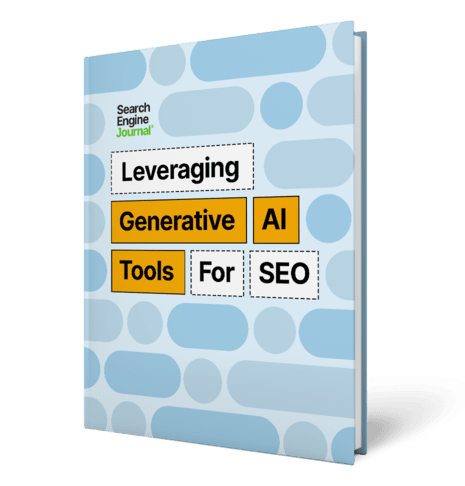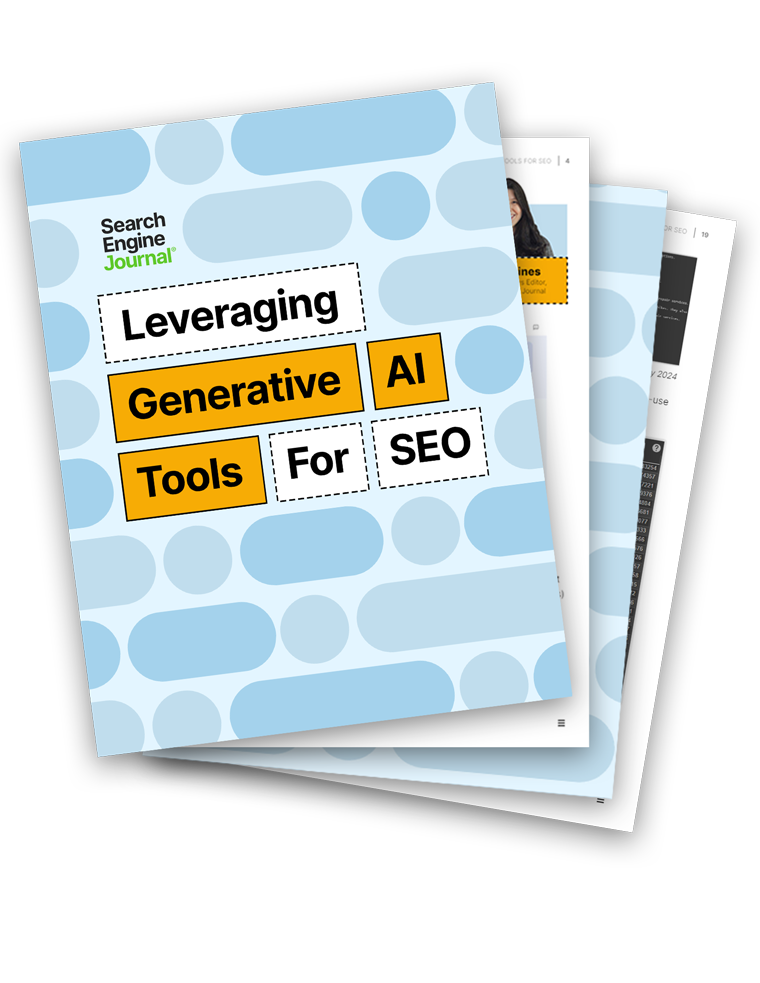Generative AI is rapidly reshaping the SEO landscape as we know it.
And now’s as great a time as ever to learn how it works, how to incorporate it into your team’s workflow, and limitations to be aware of.
Dive into our comprehensive ebook, Leveraging Generative AI Tools For SEO, and access insider insights and expert strategies to help you revolutionize your SEO with AI-powered tools.
Inside, we’ll cover:
- How generative AI works and how best to use it.
- The limitations and dangers of generative AI.
- How Google’s SGE is revolutionizing SEO.
- Scalable AI tools for SEO and the top AI chatbots.
- Enhanced data analysis using ChatGPT with Google Sheets.
- And more.
Whether you’re a manager looking to harness the power of AI or an experienced SEO professional looking to refine your skills, this guide is sure to be a game changer for your SEO strategy.
From the platforms you attempt to rank within to the tools you use in your workflow, generative AI is part of the future, and it’s important to understand how it will impact search.
In this ebook, we break down everything you need to know to stay ahead of the curve and unlock SEO success.
Download your copy today and learn how to use the latest advancements in generative AI to your advantage.




